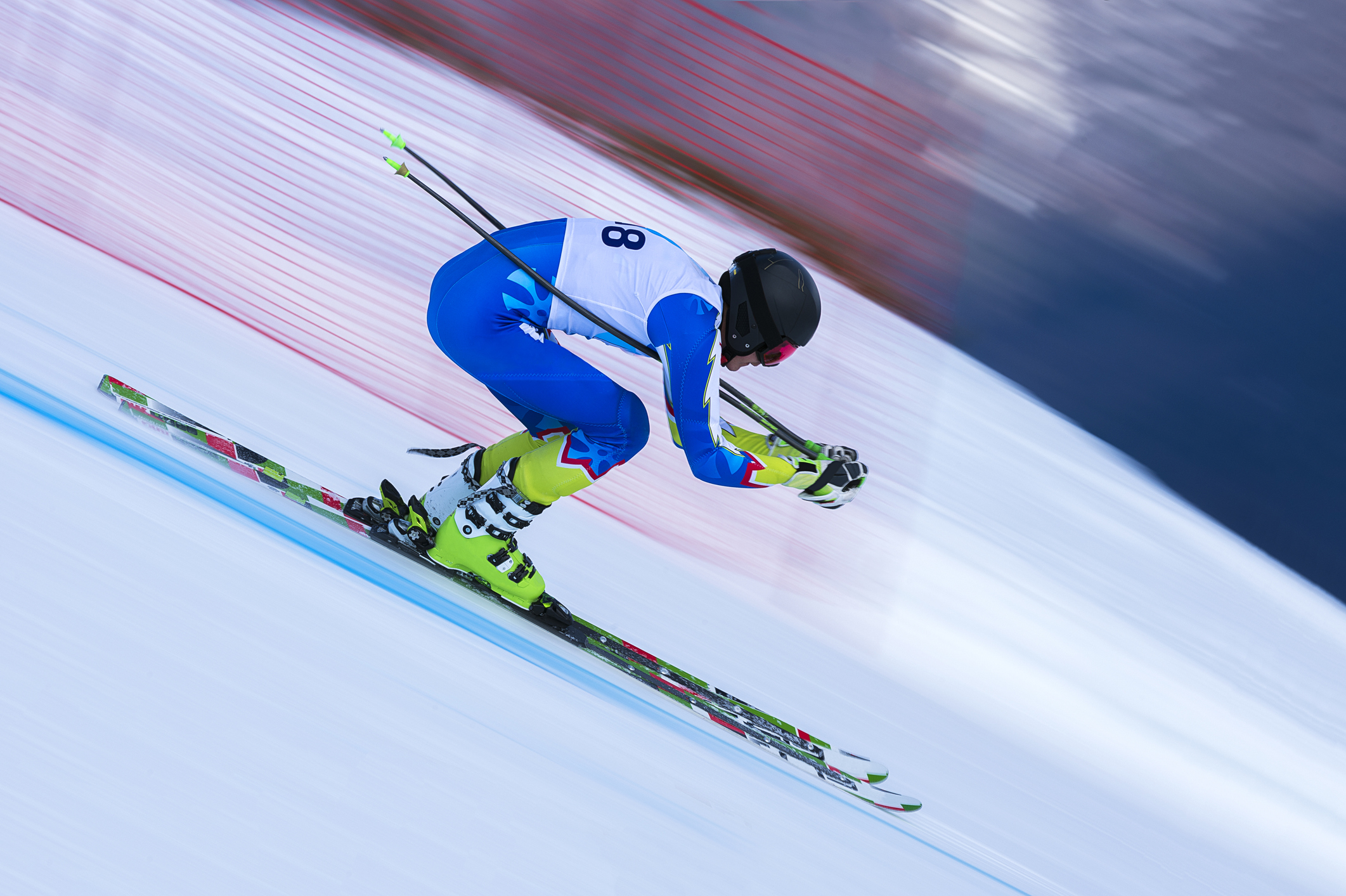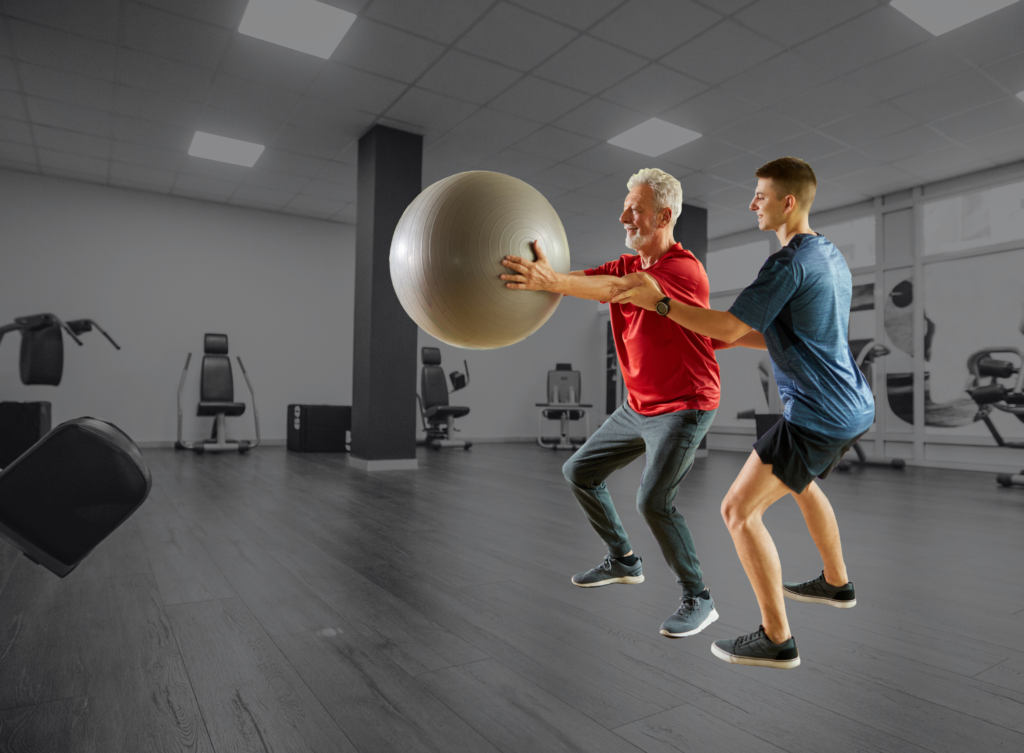Ok, so, we’ve taken the liberty to slightly “stir” the famous James Bond line. Hopefully you get our point that chilly is ok, but bone-shaking cold isn’t. Particularly when referring to exercising safely in the cold.
As we continue through winter, many of your clients will be physically active or working outdoors. While we want to encourage people to get out there and enjoy the winter weather, exercising and working in lower temperatures can result in cold injury. Further, it can also impair performance and cause disability or death. A recent consensus statement from the American College of Sports Medicine covers the breadth and seriousness of the challenge represented by cold weather and provides insights on approaches to diminish that threat.
Most folks understand that a frostbite injury can occur with prolonged cold exposure, but depending on factors like body tissue exposure, protective clothing, degree of physical activity, as well as individual factors, cold injury can occur within extremely short time frames (i.e., < minutes). Your clients may be less familiar with how to prevent other types of cold injuries (e.g., nonfreezing cold injury, cold water injuries, hypothermia, snow blindness, etc.). Further, outdoor conditions that combine cold, wind, altitude, or wetness can create additional stressors.
Individually, these all effect the body’s physiology and function, but in combination they can dramatically increase the chance of injury. Your clients may look to you for information on how to prevent cold injuries. Here are a few approaches that you can share to prepare your clients to stay safe and enjoy the outdoors this winter:
Suit up with multiple layers
- Inner layer: Direct contact with the skin to absorb moisture (think moisture wicking fabrics such as wool).
- Middle layer: Provides insulation and traps body heat to create a warm air barrier (down).
- Outer layer: Waterproof, windproof, breathable. Clothing with zippers in arm pits or ventilation holes allow heat accumulation from exercise to release, instead of building up moisture inside your clothing or skin.
Protect your eyes and skin from the sun
- We don’t think of sunglasses in winter, but the sun can reflect off the snow and damage our eyes.
- Wear a brimmed hat to help shield your eyes, face, and ears.
- Wear sunscreen too!
The right fit
- Restrictive footwear can decrease blood flow and increase cold injury risk.
- Change socks frequently if sweaty.
- Use thinner gloves under mittens for dexterity.
Fuel up and hydrate
- Staying hydrated and eating enough calories can decrease your cold injury risk.
Keep moving
- Prolonged inactivity/immobility/rest periods can increase risk.
- Exercise creates body heat.
Here are some early warning signs that can alert you to possible vulnerability:
- Feeling cold
- Cold extremities (hands, face, feet especially)
- Skin numbness
- Pale spots
Other risk factors for cold injury include:
- Exercising too hard/too long
- Fatigue
- Exhaustion
- Smoking
- Drugs
- Intoxication
- Advanced age
- Trauma
- High altitude
Finally, the consensus statement highlights things you can do to assist someone who is experiencing a cold injury. Quick recognition and action can increase the likelihood of a positive outcome. We encourage you to download the consensus statement and share this information with your clients. The winter months can provide a great opportunity to mix up your fitness routine with fun outdoor activities. Let’s all have a safe and active winter! Remember: chilled, not shaking!

Laura Young, Ph.D. is a science assistant at ACSM. She holds a Ph.D. in health and kinesiology from the University of Utah.

Lynette L. Craft, Ph.D., FACSM is the Chief Science Officer at ACSM. She holds a Ph.D. in kinesiology from Michigan State University.




